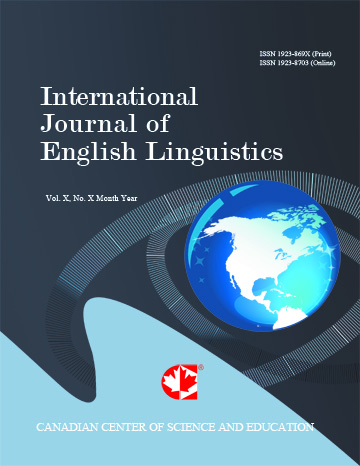Food, Tourism and Health in Italy: A Case Study of Institutional Food Glossaries in the 1960s
- Anna Anselmo
Abstract
This article explores the intersection of health, well-being, food, language, and institutional tourism discourse through a comparative analysis of three mid-twentieth-century English-language food glossaries produced by ENIT (the Italian Tourist Board): At Table in Italy 1, At Table in Italy 2, and Eating in Italy. These glossaries are examined as linguistic artefacts that encode both terminological and cultural knowledge, providing insight into how Emilia-Romagna’s culinary identity was constructed, mediated, and promoted for an Anglophone tourist audience. Drawing on scholarship in terminology studies, food discourse, and tourism linguistics, the study frames these glossaries as hybrid communicative tools that combine lexical precision with narrative, ethnographic, and promotional functions. It argues that such texts exceed the referential aims of traditional glossaries, instead functioning as discursive instruments of cultural diplomacy and gastronomic branding. Special attention is given to how terms are defined, glossed, and contextualized within wider discourses of health and well-being. The analysis shows how these glossaries articulate a symbolic convergence between nourishment, heritage, and leisure, contributing to a broader understanding of food as both a linguistic and cultural practice in tourism-mediated contexts.
- Full Text:
 PDF
PDF
- DOI:10.5539/ijel.v15n7p78
Journal Metrics
Google-based Impact Factor (2021): 1.43
h-index (July 2022): 45
i10-index (July 2022): 283
h5-index (2017-2021): 25
h5-median (2017-2021): 37
Index
- Academic Journals Database
- ANVUR (Italian National Agency for the Evaluation of Universities and Research Institutes)
- CNKI Scholar
- CrossRef
- Excellence in Research for Australia (ERA)
- IBZ Online
- JournalTOCs
- Linguistic Bibliography
- Linguistics and Language Behavior Abstracts
- LOCKSS
- MIAR
- MLA International Bibliography
- PKP Open Archives Harvester
- Scilit
- Semantic Scholar
- SHERPA/RoMEO
- UCR Library
Contact
- Diana XuEditorial Assistant
- ijel@ccsenet.org
